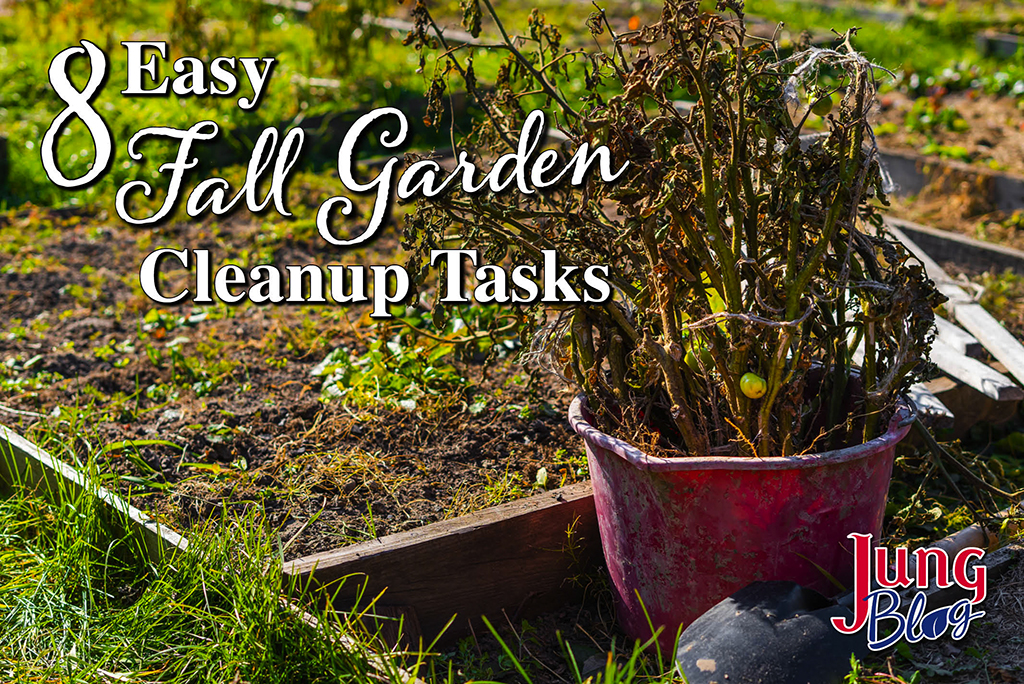
The days are turning shorter and cooler as the growing season ends. As gardeners, it’s hard to let go of the plants we’ve been nurturing for the last six months, but there are many tasks we can accomplish to prepare for next year’s garden.
Garden Notes
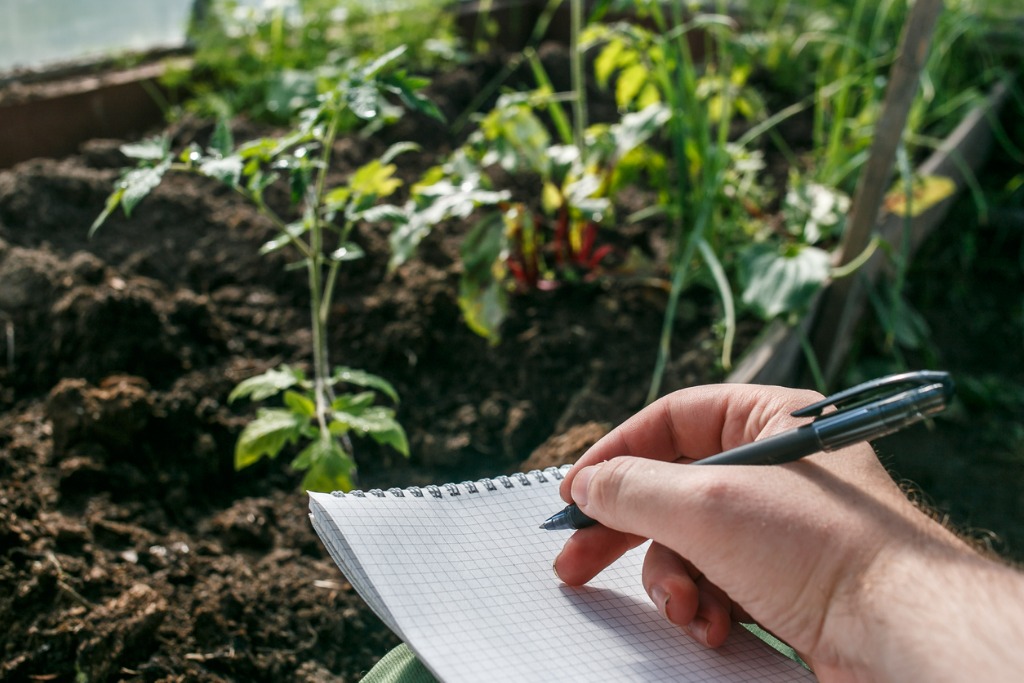
Now is an excellent time to make final notes and take photos for planning for next spring. Having garden notes allows us to dream of warmer days as winter progresses. If you haven’t already, request a copy of the latest Jung Seed catalog to inspire you for next year.
Mulching & Composting

If you’re like me, your biggest source of yard work is raking leaves. Leaves can easily be disposed but consider using this free source of organic matter to improve your soil. Instead of taking them to your curb, shred them with your mower and use them for a thin layer of mulch in your landscape. You can also leave a thin layer of leaves on your grass without causing damage to your turf; just be sure to shred them first. You can also add them to compost or create a material called leaf mold. Leaf mold is a compost that consists of only leaves. Over time, these leaves break down and become a great source of nutrients for your garden. Leaves are great material for an existing compost pile, too.
Pest Control For Houseplants
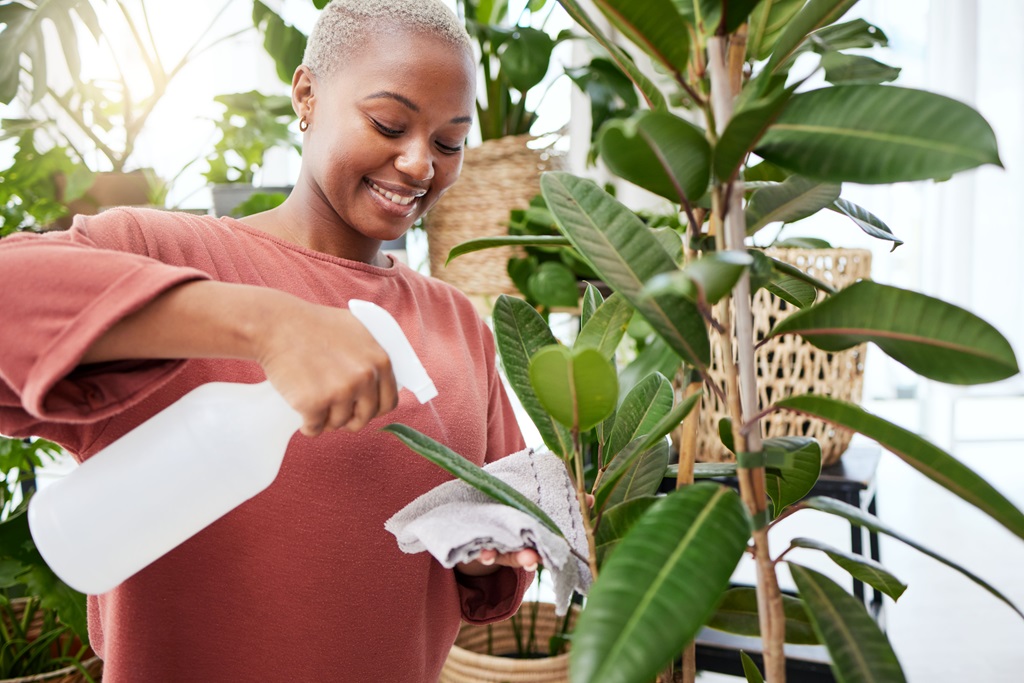
For many of us, freezing temps have arrived or will come soon, meaning houseplants should be coming indoors. Before they come inside, it’s good to inspect them for insect pests and treat the plants if you notice problems. You should also keep infected plants separated from your healthier plants. Homes are the perfect spot for insects to multiply, so it’s good to monitor houseplants for pests during winter.
Removing Plants From The Garden

Fall is the perfect time to remove your annual and vegetable plants from the garden. The plant debris can be added to a compost bin or burned to remove potential disease pathogens. If you have any disease problems on your plants, they should be burned and not composted.
Ceramic Pot Storage
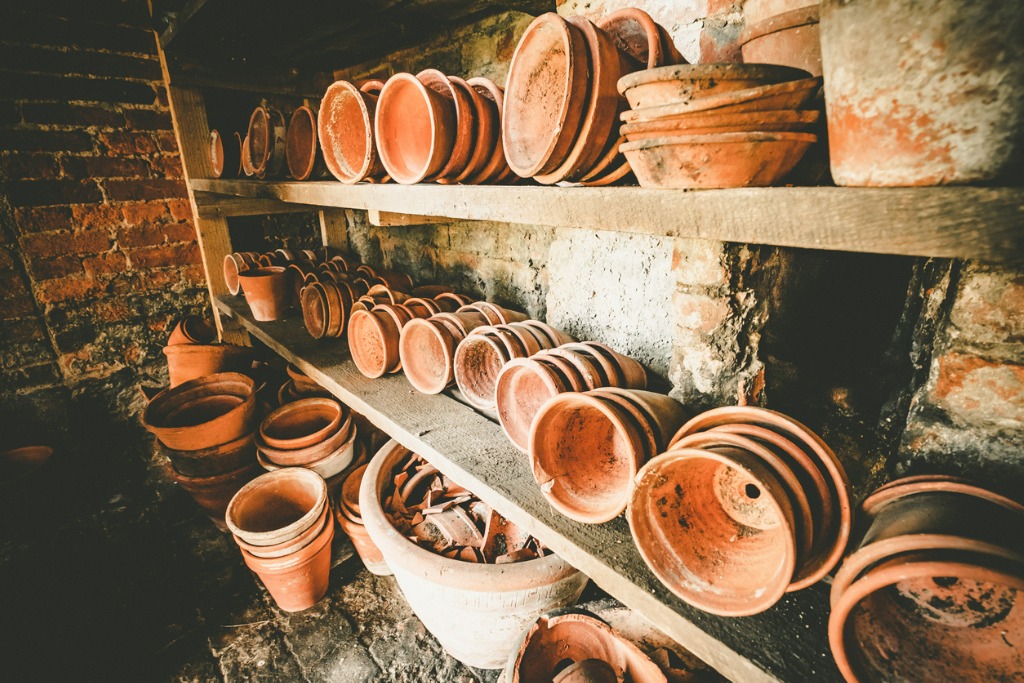
Now is the time to store ceramic pots on your patio or balcony in a dry location. If left outside, the freezing temps and moisture may cause them to crack, a lesson I’ve learned the hard way.
Perennials
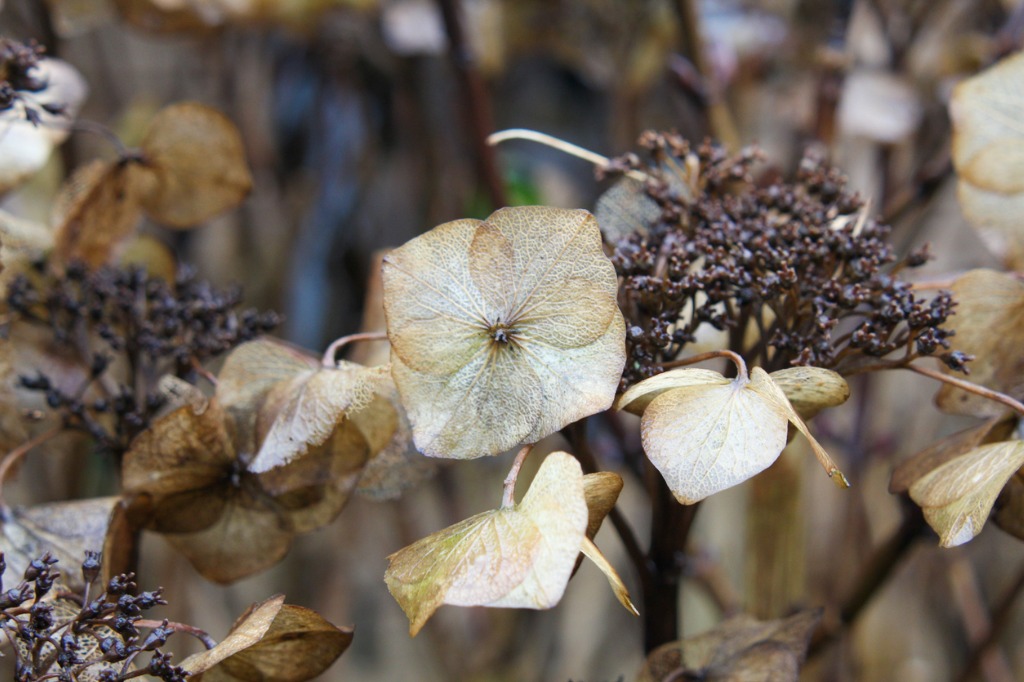
Cleanup
Regarding perennial cleanup, we have a couple of options for handling the old stems. You can clean up the stems and leaves in the fall to save time in spring or leave the old stems in your garden to allow pollinators to overwinter in them.
Pollinators
Many pollinators use these stems to hibernate during winter, so leaving them up is beneficial. These insects remain in the stems until May, so we’re often cutting down the old stems while they are still inside them. To help the pollinators, some gardeners cut the stems into long sections and store them near a compost bin for a few weeks, allowing them to leave the stems naturally. If you don’t have compost bins, leave the stems near the garden to give pollinators time to emerge.

Transplanting Or Dividing
Perennials are winding down, but you can still transplant or divide them if your soil is relatively warm, as the roots will keep growing. Just be sure to keep them watered until the ground freezes.
Winter Interest
Another benefit of leaving up perennials is winter interest. Winter interest refers to plants that have attractive structures in winter. A few examples are ornamental grasses, coneflowers, and black-eyed susan. These plants stand out even more if your winters have inconsistent snow cover.
Protection From Animals
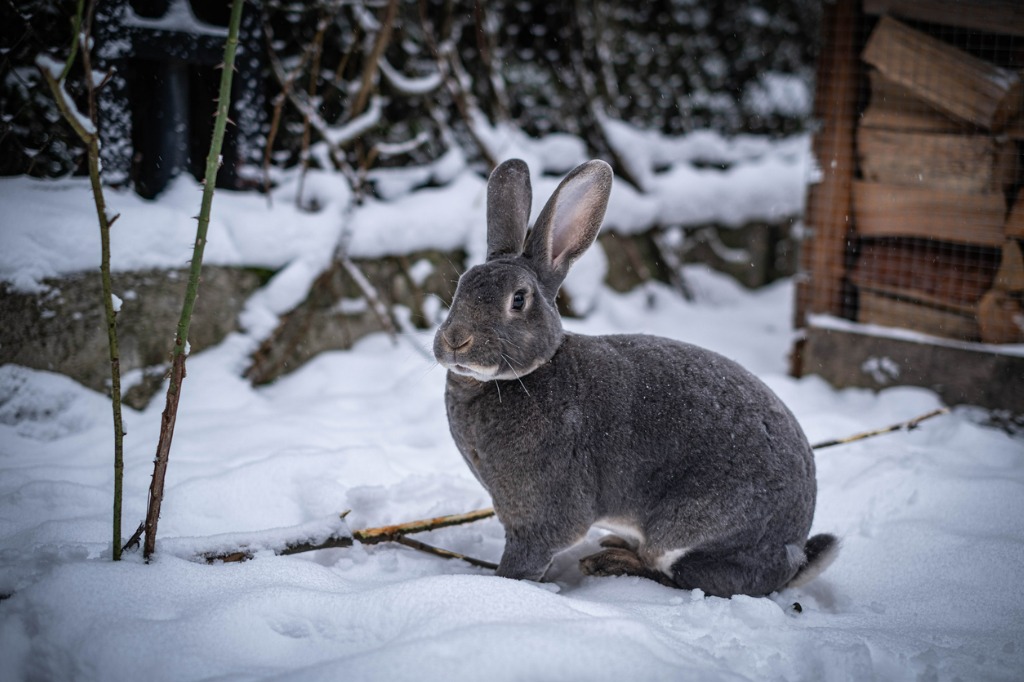
Tree Trunk Guards
Most trees and shrubs need no protection from our harsh winters, but you may have animal problems that require protection for certain plants. Rabbits and deer are common problems, as they cause damage to branches and stems. Young plants with thin bark are likelier to have problems with animal browsing. For trees, you can place a white trunk guard around the trunk to keep deer from rubbing their antlers on the tree. Trunk guards will keep out rabbits as well.
Animal Fencing
Shrubs are also prone to deer and rabbit damage in winter. A fence is the most effective way to prevent damage to these plants. And remember, the fence should be sturdy enough to handle winter conditions without damage. Rabbits often climb on top of snow piles to access young trees or shrubs, so avoid piling snow on these plants.
Preventing Sunscald

Young trees can be susceptible to a problem called sunscald. This occurs on sunny days in winter when a tree’s south or southwest side heats up, causing the plant cells to become active. As temperatures drop, these cells become damaged, leaving a large crack on the trunk. You can prevent this problem in late fall by wrapping the trunk with white tree wrap. As trees mature, their bark becomes thicker, making them less prone to this problem.
Watering

The weather may be getting colder, but trees and shrubs still need moisture this time of year. During winter, woody plants lose moisture in the dry winds and sunlight. If you’ve planted trees or shrubs in the last year or two, it’s a good practice to water those plants until the ground freezes in November or December.
Shrub Rose Winter Care
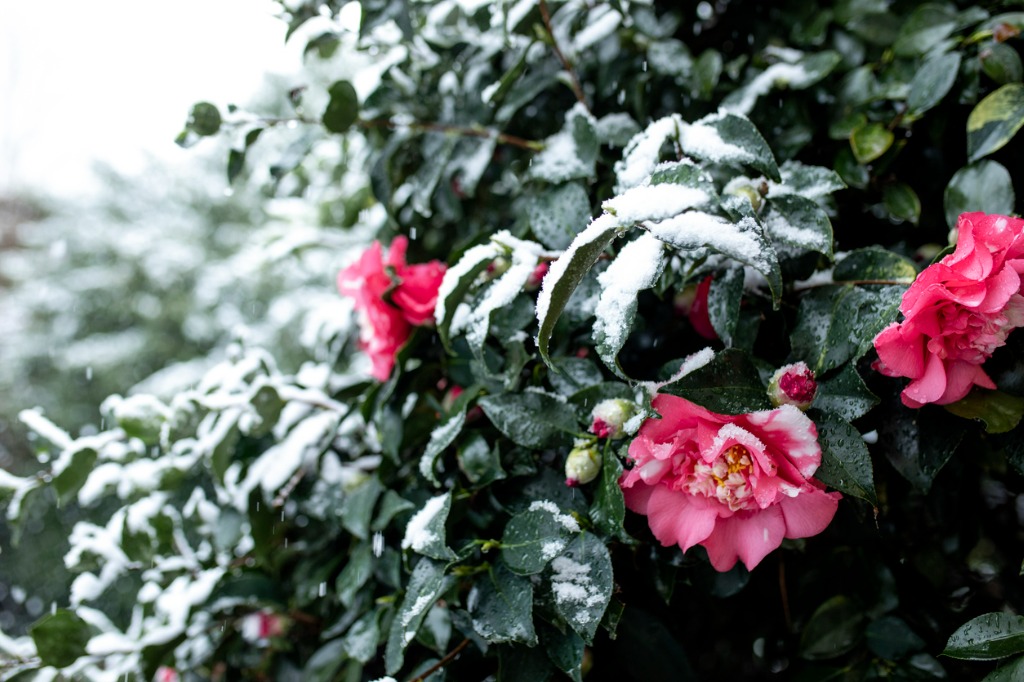
Shrub roses are becoming popular, as many newer varieties have improved cold hardiness. These roses can thrive without protection, but they may still experience damage in severe winters. Once the ground is lightly frozen, you can take soil and mound it over the base of the plant to protect the crown. If your rose is grafted, you should cover the graft with about 6 inches of soil. This will protect the desirable buds above the graft. Another form of protection is mulching the crown with 6 to 12 inches of organic material, like straw or leaves. A cage around the plant will keep the material in place during windy weather. The mulch should be added when the ground begins to freeze.
As our growing season ends, the excitement has already begun for an even better garden next year!
Other Recommended Reading

- Creating Winter Interest In Your Landscapes
- Winter Sowing Garden Guide
- How To Create Winter Container Displays
- Extend The Growing Season: Using Row Covers & Other Techniques
- Pruning Shrubs In Winter

At Jung Seed Co, we strive to be your go-to guide for all your gardening needs. Our YouTube channel The Garden Doctor by Dick Zondag is where he provides gardening tips for all levels of gardeners. When you need reliable gardening advice, turn to the trusted experts at Jung.
View our new catalog online or browse our website for your gardening favorites. To receive info on new products, exclusive deals, and specials, be sure to sign up for our weekly email. Join our Facebook page, to discuss all things gardening!
About the Author: Matthew Olson is a professional horticulturist and garden writer. He has a bachelor’s degree in horticulture from UW-River Falls and is a certified professional with the Minnesota Nursery and Landscape Association. His enthusiasm for plants and the outdoors brought him to the green industry. He regularly writes articles about gardening for both gardeners and industry professionals. He can be reached at matt@mattolsonhorticulture.com.